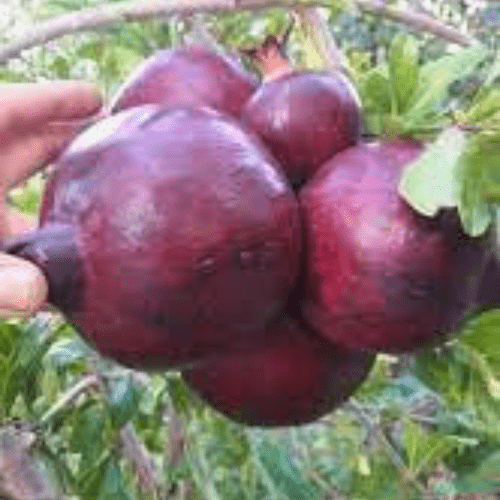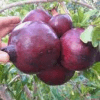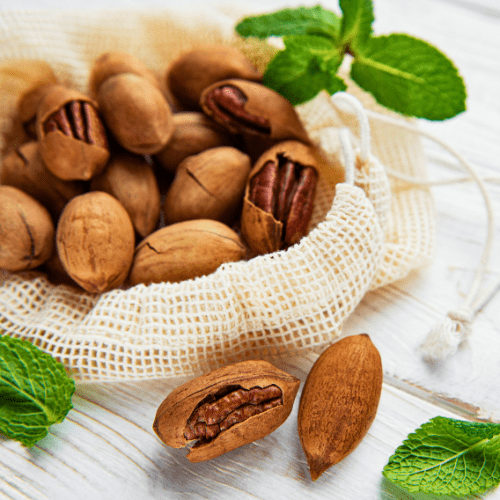Position
Plant your pomegranate in full sun for maximum flower and fruit production. They do not like wind, so plant them in a protected spot.
Size
Pomegranates typically grow to between 3 and 6 metres in height and have a wide canopy spread. The purple pomegranate is a small bush that has purple skin with red seeds.
Soil Type
These trees are not fussy about the soil type they grow. Add a layer of organic mulch to get great nutrients into the soil.
Watering
Once the tree is established, it can tolerate drought and heat very well. Even with no water, the tree will grow, but it won’t produce good quality fruit in any significant quantity. Water it about twice a month if there has been no rain. Keeping the soil moist during fruiting will prevent the fruits from splitting.
Fertilising
Nitrogen is the most important element for your pomegranate trees if they are not bearing fruit. Well-aged horse manure works wonders. Use our slow-release nitrogen-rich all plant fertiliser. Apply 1 teaspoon every 4-5 months.
Mulch:
Apply 2 to 5 centimetres of pine bark mulch to protect the roots from UV damage and drying out. It retains moisture, and maintains an optimal pH. Do not let the mulch touch the plant stem, as it may cause infection or rot.
Pest and Disease Control
Monitor for common pests like aphids, scales, and fruit borers. We recommend Effective Microorganisms to prevent the spread of these pests and diseases. Hose the tree first, to remove the aphids, and then spray well with EM Control. As they tree grows larger it will be healthy and pests will be a thing of the past. Use as a preventative once a month.
Pruning
Pomegranates do best when they are pruned lightly after about two years.
Harvesting
The fruit of the pomegranate tree takes a long time to ripen (about 5 to 7 months), and most will ripen from about April. During hot and dry conditions, pomegranates can ripen earlier and faster, so the fruit must be picked just before they are fully mature as they crack if they are allowed to become overripe.
They are ready to be picked if they have good, strong colour and if, when tapped, they sound metallic.
Use a pair of scissors to cut the fruit off rather than tugging them.








